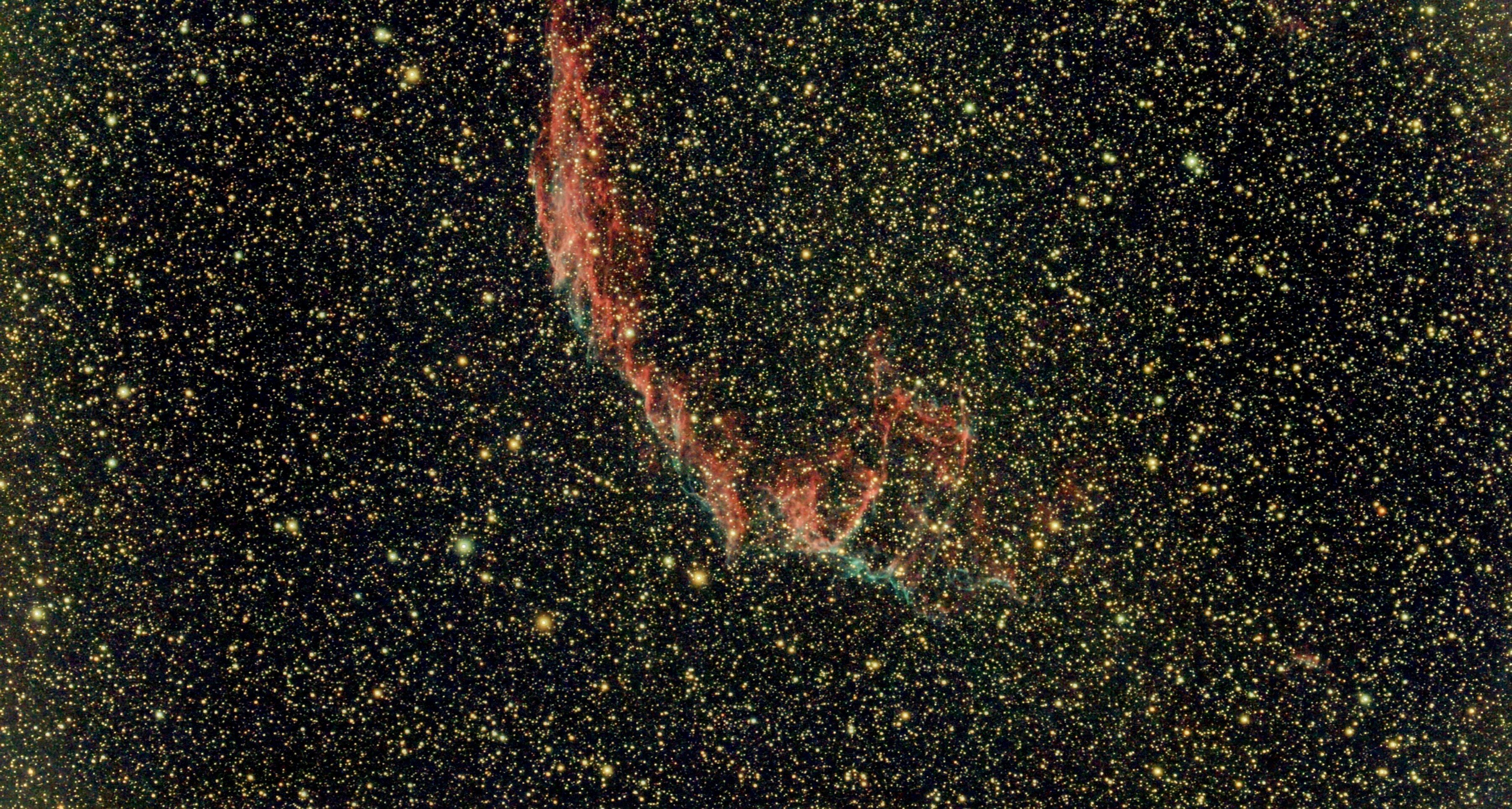“But even in the only country that is massively building, China, nuclear development is comparatively marginal. In 2023, China started up one new nuclear reactor, that is plus 1 GW, and more than 200 GW of solar alone. Solar generated 40% more power than nuclear and all non-hydro renewables—mainly wind, solar, and biomass—generated four times as much as nuclear.”
The report also highlights how nuclear power is being challenged not only by the strong growth of solar and wind, but also by battery storage, whose costs are projected to decline below those of coal-fired and nuclear power plants by around 2025 in China. “Solar plus storage is already significantly lower than nuclear power in most markets today, as well as highly competitive with other low-emissions sources of electricity that are commercially available today,” it also notes.
The authors also cite data from investment bank Lazard revealing that solar-plus-storage can already be cheaper than gas peaking and new nuclear. “The competitive cost and large-scale availability of variable renewable energy sources combined with firming options—especially storage—could well turn out to be the game-changer of energy policy in the years to come,” they further explain.
Jokes on you, solar energy is nuclear fusion
So is biomass. And wind. And fossil fuels. And hydro.
In fact, I think only geothermal and fission aren’t fusion-based.
Tidal is also non fusion based
Not with that attitude
All atoms higher than hydrogen come from stars. So in the end, everything is derived from fusion. Therefore, geothermal and fission can only exist because of nuclear fusion.
Fossil fuel is by extension of extension. Fission by extension of extension of extension.
Fission is based on the fusion that took place in ancient supernovae.
Neutron star collision. Supernova nucleosynthesis is also when fusion turns off.
Everything is stardust so it’s everything fusion based?
The kinetic energy in that stardust, and the gravitational potential energy of stardust pulling itself into tighter balls, doesn’t necessarily come from fusion. There’s all sorts of cosmological forces and energy out there, and I don’t think they all trace back to nucleii smushing together.
That’s true I suppose.
Heavier nucleosynthesis requires neutron star collisions, so not fusion-driven. Supernovas are also when fusion stops.
Solar panels are fusion harvesters.
Holy hell, Photovoltaics
Not ONCE does this article use the actual word and sticks to abbreviation for Photovoltaics.
I imagine they assumed readers of PV Magazine would be photovoltaics enthusiasts.
I guess but it’s still basic writing etiquette and clears up any potential misconception. It’s not like they pay by the letter anymore
Clearly not a subscriber.
Must be crazy to assume such a thing!
That crap drives me bonkers.
Especially because I had no idea what PV was.
penis vagina
Pole Vaulting
All it would have taken is: photovoltaics or PV for short…rest of article.
The common approach is when using photovoltaics (PV) bla bla… PVs this PVs that…
Such an incredibly misleading article.
1 GW of nuclear capacity generates several times more electricity than 1 GW of PV capacity.
Nuclear power plants run at almost full capacity pretty much 24/7/365. With the occasional shutdown every few years for maintenance and to replace the fuel rods.
PVs only generate electricity during the day, and only hit their maximum capacity under ideal conditions. The average output of PVs is 15-25% of their capacity.
Globally we generate more electricity from nuclear than we do from all PVs together.
At the typical sizes we’re building them you need dozens of PV farms to match the energy output of a single nuclear reactor.
Five times more PVs at a 20% capacity factor means it evens out.
The vast majority of those PV installations were in the last 7 years or so. We also built more manufacturing capability during that time. Meaning PV installations are being rolled out on an exponential curve, not a linear one.
It’s not an exponential curve. It’s slower than that.
It’s more than linear; we are adding more capacity each year than the year before. But added capacity per year as a percentage of the previous years total is a decreasing.
If it was exponential the growth would be a straight(ish) line when plotted on a logarithmic scale… it’s not. On a log scale the line inflects.
It’s exponential.
To call solar power’s rise exponential is not hyperbole, but a statement of fact. Installed solar capacity doubles roughly every three years, and so grows ten-fold each decade. Such sustained growth is seldom seen in anything that matters. That makes it hard for people to get their heads round what is going on. When it was a tenth of its current size ten years ago, solar power was still seen as marginal even by experts who knew how fast it had grown. The next ten-fold increase will be equivalent to multiplying the world’s entire fleet of nuclear reactors by eight in less than the time it typically takes to build just a single one of them.
Whoever wrote that article is playing fast and loose with the definition of exponential.
Here’s the actual data of global electricity source on a log scale for the past ~15 years
Notice that the line for both wind and solar is inflecting to the right. If it was exponential it would be straight.
The time between each doubling of output is increasing.
It’s close, but not enough to be exponential growth.
It was exponential for a while but it’s slowing down in the last decade or two.
My capacity factor is something like 11%. Need to recompute it, using latest data.
Promotion Video? Like Japanese idols have?
Yes
I’ve been cursed. the words promotion, video, and japanese in close proximity always remind me of that really weird japanesy trump promo video and I wish I could delete that from my head.
You mean Mike Diva’s?
https://m.youtube.com/watch?v=ZbM6WbUw7Bsyeah that
Idols truly have the ability to power the world!
PV?
Photovoltaics
Thank you. I was trying to figure this out as well.
One calculator at a time…
Meh… this only makes sense in giant installations on the far side of the moon, then laser down the power.
Covering the world in solar panels… not so much.
A bit more than half of the land used to grow corn for ethanol in the USA, is needed for a photovoltaic system to power the entire country according to Prof. Mark Z Jacobson (who calculated it according to 2050 energy needs after full electrification).
Yep, definitely not usable for a decentralized power grid. All those wasted PV cells on all those homes which now generate most of their used electricity themselves. Too bad that doesn’t work.










